Update April 7, 2021: Further comment from Dr. Vicky Whittemore added to the end of this post.
Last week, an old story was recounted to a new audience. During the March 30, 2021 NIH telebriefing with the ME/CFS community, Dr. Vicky Whittemore said that there had been death threats against grant reviewers in the past, and that this was one reason why NIH is now withholding the names of reviewers on the ME/CFS Special Emphasis Panel (referred to as the “SEP”). This is not the first time that NIH has used the story of death threats to justify withholding the grant review rosters from the public. This excuse is overblown, and every repetition of it harms the ME/CFS community by perpetuating derogatory stereotypes of advocates and people with the disease.
I can say that the death threat story is exaggerated because I have documentation of what actually happened. I began investigating who serves on the ME/CFS SEP in 2012. Grant review panels are federal advisory committees, and the law requires that the membership of the committees be disclosed to the public. Despite this requirement, Don Luckett at the Center for Scientific Review told me in 2012 that they no longer posted the rosters online “due to threats some previous panel reviewers have received.” At his suggestion, I filed a FOIA request for the rosters, and I also requested evidence of the threats. NIH initially refused to release the information, but I appealed and in 2014 I won. NIH released the rosters to me, along with the evidence of the threats cited by Mr. Luckett.
Despite Luckett’s use of the plurals “threats” and “reviewers,” the documents show that there was only one isolated incident. Dr. Myra McClure, a retrovirologist from Imperial College London, was scheduled to serve on the SEP on February 22, 2011. On February 5th, she wrote to the Panel’s Scientific Review Officer:
You will by now be aware of the campaign building up on websites to have me removed from the Committee reviewing CFS grants. I have been subjected to a couple of nasty calls from the US yesterday. One was from a journalist, Robert Serrano who has been researching the CFS/XMRV issue for his local paper, News Sun, distributed in the Wisconsin/Illinois region. He phoned to warn me that he had found out that “some of the extremists are obtaining guns with a view to marching to NIH and CDC to look for me and others like me who might stop CFS funding.”
Dr. McClure did not express fear or alarm in her email. Instead, she referred to the call as “bullying/intimidation,” and withdrew from the Committee because, “I am too busy to put up with nonesense [sic] like this.”
Two days later, Mr. Luckett forwarded McClure’s email to a colleague with the following summary:
A group of chronic fatigue syndrome activists have objected to a scientist we appointed to a review panel and she has received a number of disturbing calls which has forced her to resign from the panel. This reviewer, Dr. Myra McClure, said that a reporter from the News Sun in Wisconsin/Illinois called to warn her that extremists were obtaining guns with the intent of using them against NIH, CDS [sic], and others. See below. (I called the News Sun and they said that had [sic] no reporter by the name given.).
The SEP meeting was subsequently canceled. A new panel was recruited and the meeting was held without incident on March 24, 2011.
To be clear, NIH decided to withhold the names of grant reviewers from the public despite the legal requirement that the names be disclosed. Federal advisory committees do their work in public, and committee members know that their names and contact information will be disclosed to the public. Nevertheless, NIH withheld the names for years, thereby shrouding the operation of the SEP in secrecy and preventing the public from assessing who was reviewing ME/CFS grants.
I can imagine a situation where death threats could be so specific, targeted and frequent that it may warrant special precautions of some kind. But that is not the case here at all. The sum total of evidence of “threats against reviewers” amounts to a single phone call in 2011 to a single reviewer, relaying a story of “extremists” with guns who were supposedly going to march on NIH and CDC at an unspecified date and time. As unpleasant and annoying as the call was to Dr. McClure, the statements do not appear to meet the criminal definition of a death threat. Her description of it as bullying and intimidation is much more accurate. And that’s all there is. There were no other threats; there are no extremists. It goes without saying that no one obtained guns and marched on NIH or CDC. Yet ten years later, NIH is still citing this incident as justification for withholding information from the public.
It’s easy to trace how the story of that single phone call to Dr. McClure was repeated and magnified over time. After I made my initial inquiry about the SEP rosters in July 2012, there was email correspondence among several people at NIH’s Center for Scientific Review. Included in a batch of material “relevant to why we’d prefer the ME/CFS rosters not be made public” was an August 2011 article from The Guardian relating stories from researchers in the UK about hate mail, crank calls, and at least one disturbing personal interaction. The article uses words like “extremists,” “militants,” and “dangerous,” but includes no evidence of any coordinated group or campaign. McClure’s withdrawal from the SEP is referenced in that article, but now it is described as “she had to withdraw from a US collaboration because she was warned she might be shot.” That is quite a bit more specific and disturbing than the way she described the phone call immediately after it happened.
Fast forward ten years to the ME/CFS telebriefing last week: Dr. Whittemore referred to the death threat story while delivering her update on grant review. She was discussing why NIH is not publishing the ME/CFS Special Emphasis Panel rosters, and she said:
[T]he NIH policy has always been that members of the special emphasis panels are–that the names are listed in aggregate for all of the special emphasis panels. And it’s my understanding that actually before I joined NIH in 2011, that there were death threats made to some of the reviewers. And then that’s in large part why, um, that plus many of the special emphasis panels review very small numbers of grants, that it would be very obvious to investigators who reviewed their grants and NIH peer review policy is to keep the review anonymous. So those, for those reasons, the actual identity of the reviewers is not released for each individual special emphasis panel, but is released in aggregate.
Dr. Whittemore, like Mr. Luckett in 2012, said “threats” and “reviewers,” when the documents show there was only one isolated incident. And once again, NIH is saying those “threats” justify withholding SEP meeting rosters.
I reached out to Dr. Whittemore for comment, and asked for details about the threats she mentioned. She replied,
I learned about the death threats from someone at CSR who is no longer at NIH. I was never told any specifics about how many or to whom the threats were made, or who made the threats, so I am unable to answer your questions below. My understanding is that it was more the effort to maintain confidentiality of reviewers that led to the aggregate rosters for the Special Emphasis Panels.
Dr. Whittemore made her comments last week based on a story she heard from someone else at NIH, a story which she says contained no specifics. This makes me wonder how often this story gets repeated at NIH, and how much it informs the way NIH sees people with ME. The story is still being told, and is being used as an excuse to withhold information from the public. That certainly suggests that NIH believes some ME/CFS advocates could be dangerous–otherwise, why would a story from ten years ago be so significant.
I spoke with several advocates, all of whom said that Dr. Whittemore’s repetition of the death threat story is harmful. Sharon Shaw told me the comment, “portrayed the ME/CFS community as dangerous and unstable. . . Comments like this vilify the ME/CFS community, and further stigmatize and disparage people living with ME/CFS.”
Advocate Kellyann Wargo told me:
NIH, stating that they have received death threats in regards to ME, sends a smoke signal to researchers that they should think twice about getting involved in ME research, a field that is already lacking funding and researchers. It reinforces the stigma and marginalization of ME to the general public. Once that stigma is broadcast, it is difficult to extinguish. NIH is punishing the ME community because of a rogue agitator. They are saying to advocates “why should we fund anything to do with ME if an instigator is sending NIH death threats?”
That idea was echoed by Denise Lopez-Majano, who said, “How can we trust NIH has our best interests at heart if they say things like this? If NIH is perpetuating this belief among themselves, how can they expect to encourage new researchers to enter the field?”
I asked Dr. Whittemore how she would respond to the concern that her comments could perpetuate the myth that people with ME/CFS are unstable and/or dangerous. She replied, “I am sorry that my comments may be harmful to individual [sic] with ME/CFS. This was not my intent.”
The death threat story has taken on a life of its own. One crank call to one reviewer in February 2011 became “threats to reviewers” that NIH still believes is sufficient justification to withhold the rosters of ME/CFS SEP meetings. NIH continued to use that justification for two years after I won my FOIA appeal. The story was repeated within NIH over the course of ten years, including to Dr. Whittemore. She then went on to repeat the story to the ME/CFS community as part of the reason why NIH once again decided to withhold the membership rosters of the ME/CFS review panels.
The repetition of this story by a leading member of the Trans-NIH ME/CFS Working Group does real harm. Dr. Whittemore’s comments lent gravitas to the stereotype that people with ME are mentally ill and dangerous, and makes it sound like there is still a threat to be concerned about. Dr. Whittemore presented the story as established fact–despite the fact that this single phone call occurred ten years ago; despite the fact that there is no evidence of “extremists,” “militants,” or any violent intentions among ME advocates; and despite the fact that she herself has no specifics about what occurred and when.
In light of the full picture, it appears to me that there is a persistent prejudicial view of ME advocates at NIH. Furthermore, it is obvious that NIH should not continue to recycle this story for any reason, including as a justification for preventing the ME community from evaluating who reviews ME/CFS grant applications.
Update April 7, 2021: Dr. Vicky Whittemore provided additional comment:
Dear Jennie,
I am truly sorry for the hurt and harm I have caused the ME/CFS community by raising the issue of death threats in my comments during the NIH telebriefing. Since the telebriefing, I have heard from several individuals with ME/CFS who have expressed to me how hurtful my comments were. That was certainly not my intent and I sincerely apologize for making those remarks. I was wrong to have said those things.
NIH works to maintain the confidentiality of peer review of grant applications reviewed in all standing study sections, and in the Special Emphasis Panels that often review very small numbers of applications. The main driving factor for the aggregate listing of members of the SEPs is to keep the identity of the reviewers confidential.
For everyone’s information, the reviewers who participated in the most recent ME/CFS SEP were posted: https://public.era.nih.gov/pubroster/preRosIndex.era?CID=101323&AGENDA=409493
I would appreciate it if you would post this apology to the community.
Sincerely, Vicky

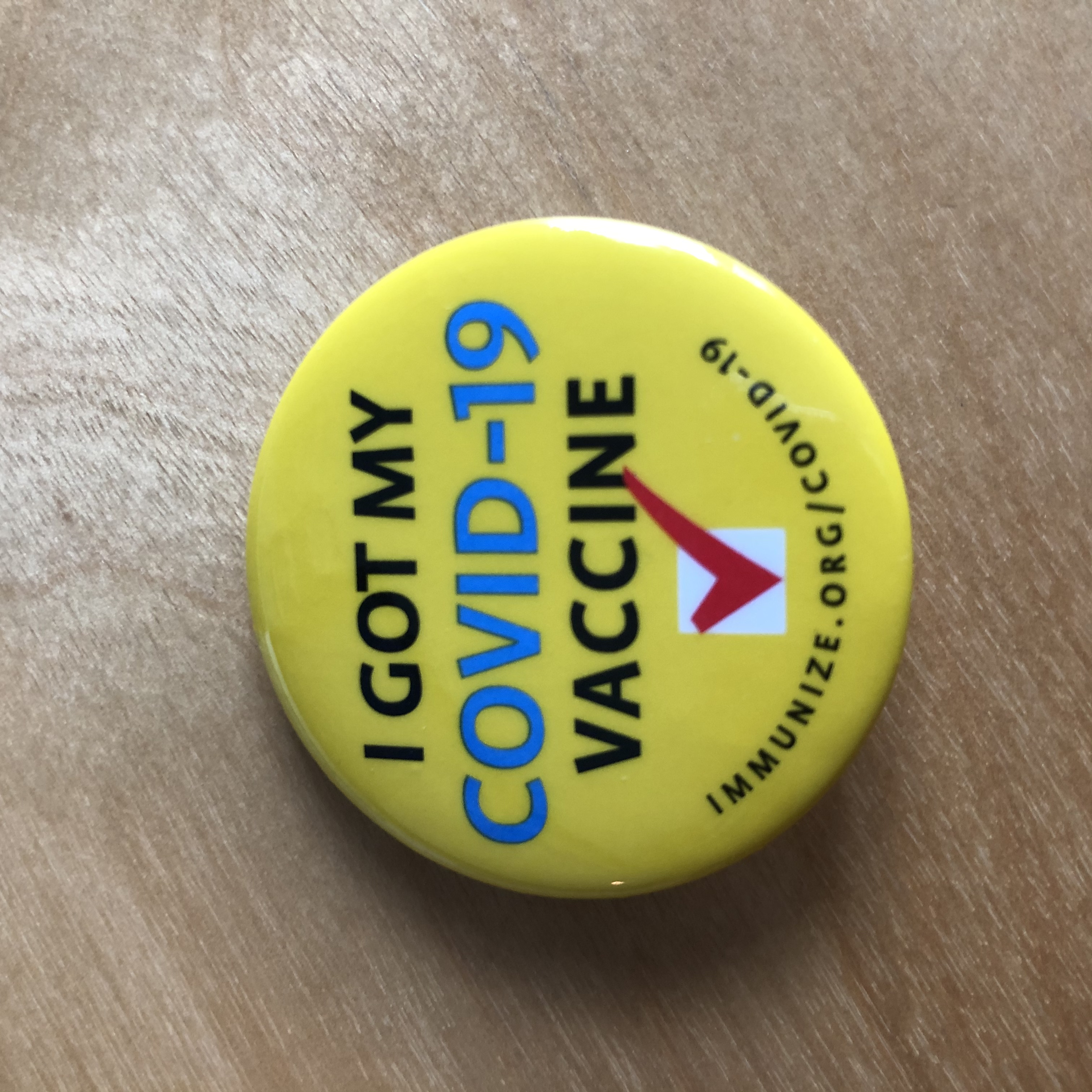
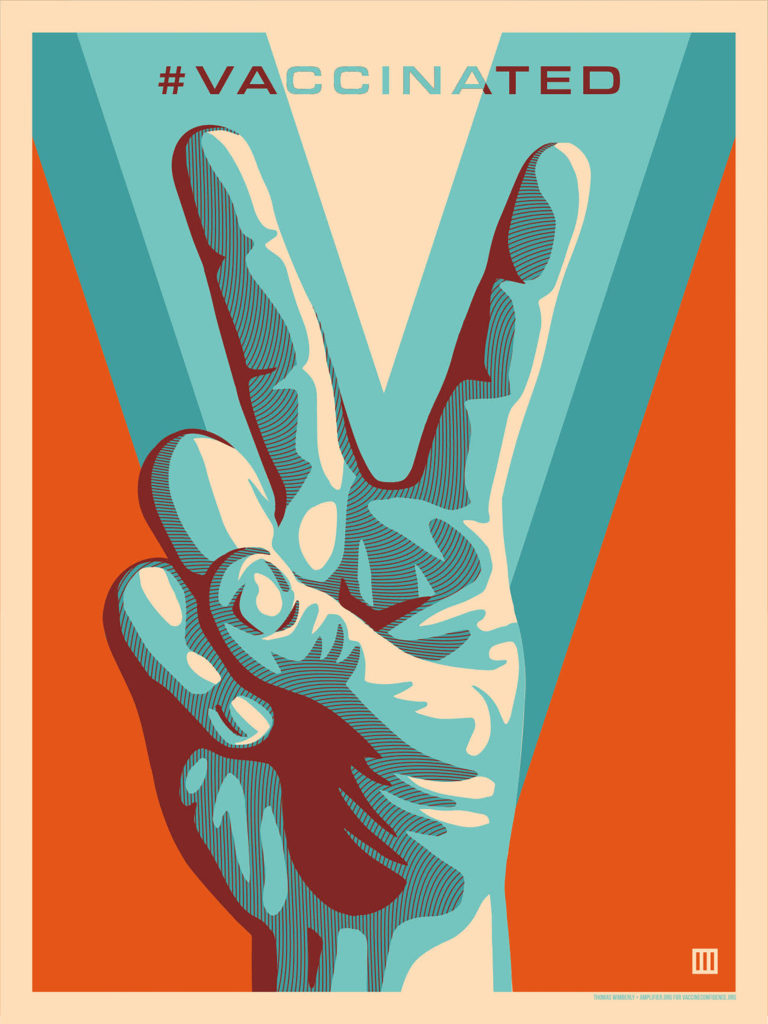
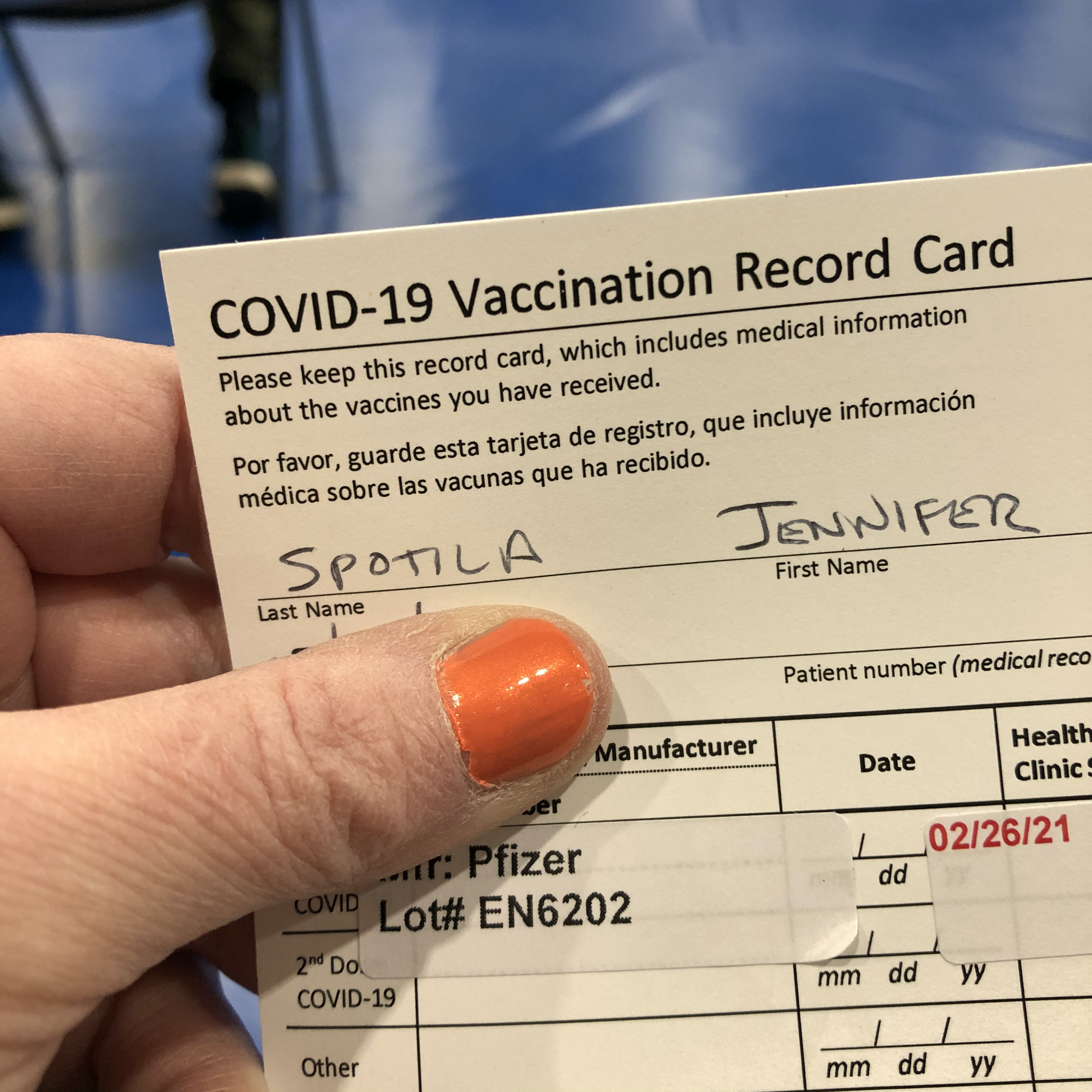
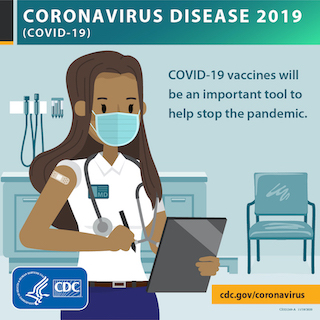
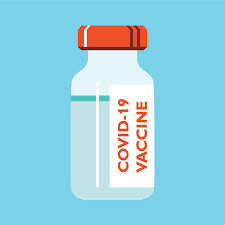



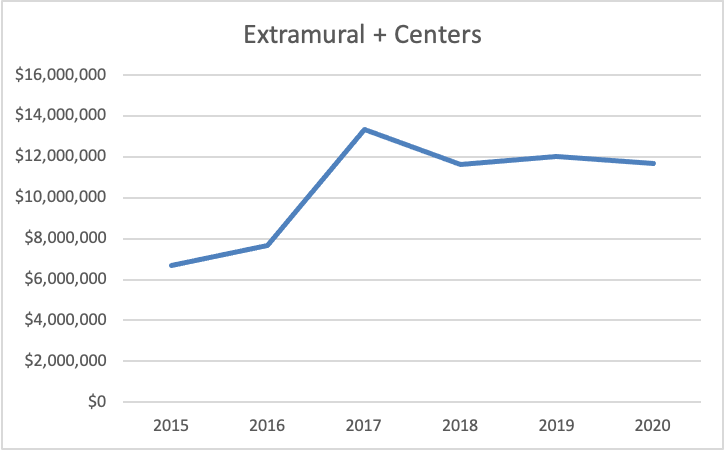
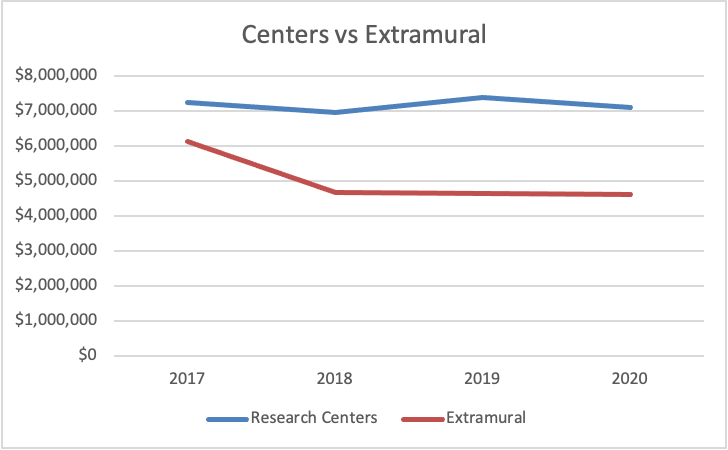
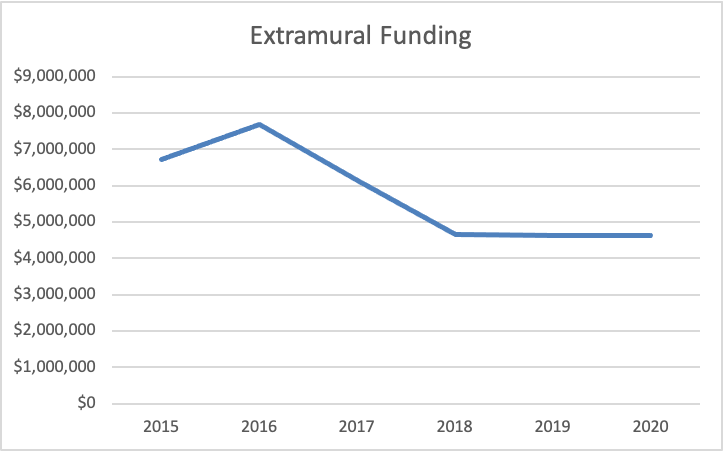
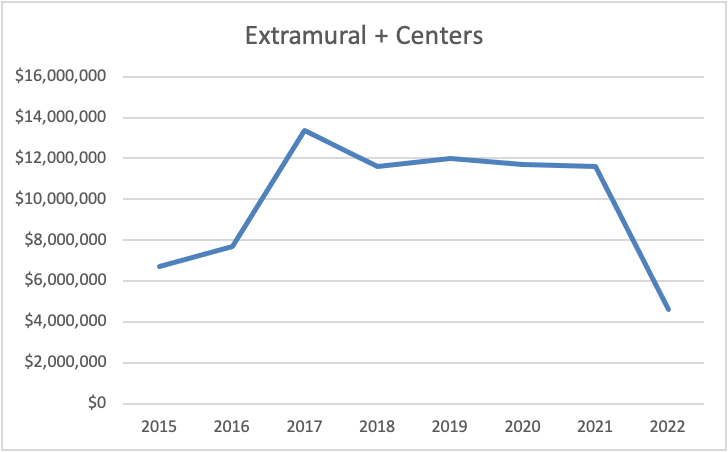
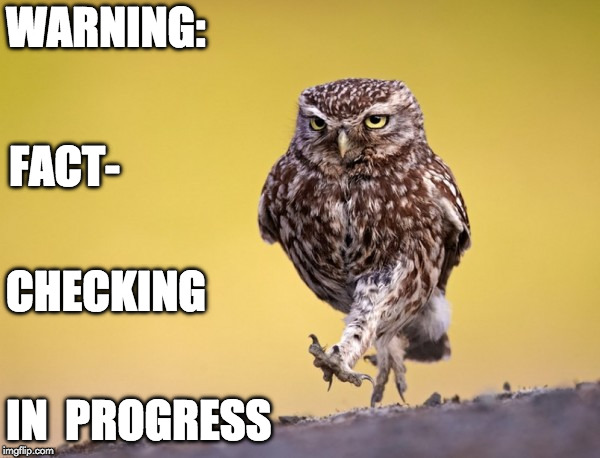
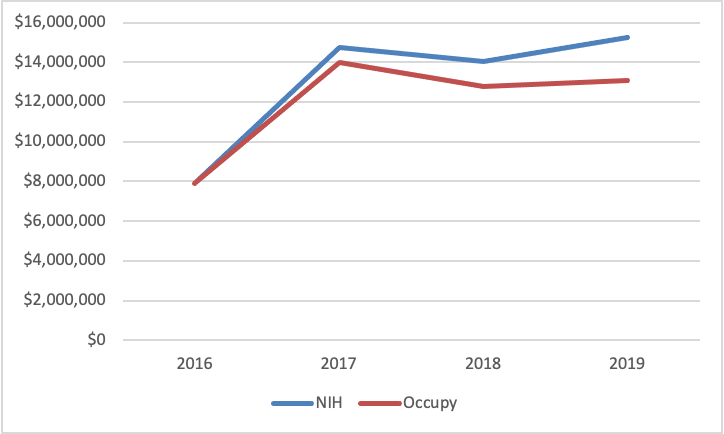
David Tuller: Crowdfunding for Us All
I have supported David Tuller’s investigative journalism since he first began his crowdfunding campaigns,* but it has never been more important than right now. I urge you to join me in supporting his current fundraiser not only for yourself, but for millions of us.
Tuller’s work continues to have a tremendous impact on the controversial use of psycho-behavioral treatments for ME/CFS. As I said last fall, Tuller brought the controversy to the attention of media and scientific outlets in a way that no one had previously been able to do. Yet he didn’t just push one domino over, setting a cascade in motion. Tuller continues his reporting and his scientific commentary on the discredited PACE trial and other versions of the same theory.
People with ME/CFS are not the only ones who benefited from Tuller’s spotlight on the myth that psycho-behavioral therapies are a legitimate and effective treatment for the disease. That same myth is now being aggressively pushed on people with Long COVID. Doctors are telling long haulers that they are simply anxious, or that they can exercise their way out of their disease. Some media outlets continue to perpetuate this myth, aided and abetted by the PACE trialists and the rare individuals who say they have recovered from Long COVID through exercise. However, this myth is not given the credence that it was ten or even five years ago. Tuller’s work is part of a body of evidence that, fortunately, is being reported by many media sources.
It is far too easy to imagine what the public discourse on Long COVID would be if the PACE trial was still seen as good science. There might not be any Long COVID treatment centers, or if there were, they would be employing PACE-style techniques. The Long COVID advocacy movement would be facing the same uphill battle that people with ME/CFS have fought for decades, struggling to convince doctors, researchers and policy makers that this is a physiological disease, not neurosis or a twisted desire for secondary “gain.”
We need David Tuller to continue reporting and writing scientific commentary. We need him to continue working with other academics to expose the lie at the root of PACE theory. But we need him to continue not just to help people with ME/CFS, but to help people with Long COVID. It is possible that we could see one million or more people with Long COVID qualify for a diagnosis of ME (just in the United States). In the face of this epic public health crisis, we all need David Tuller to continue his work–which will help the rest of us do ours.
Tuller’s crowdfunding campaign ends on April 30th. Please make a financial contribution if you can, and/or share the campaign on social media.
*Read my previous articles about David Tuller’s work: 2017 2018 2019 2020